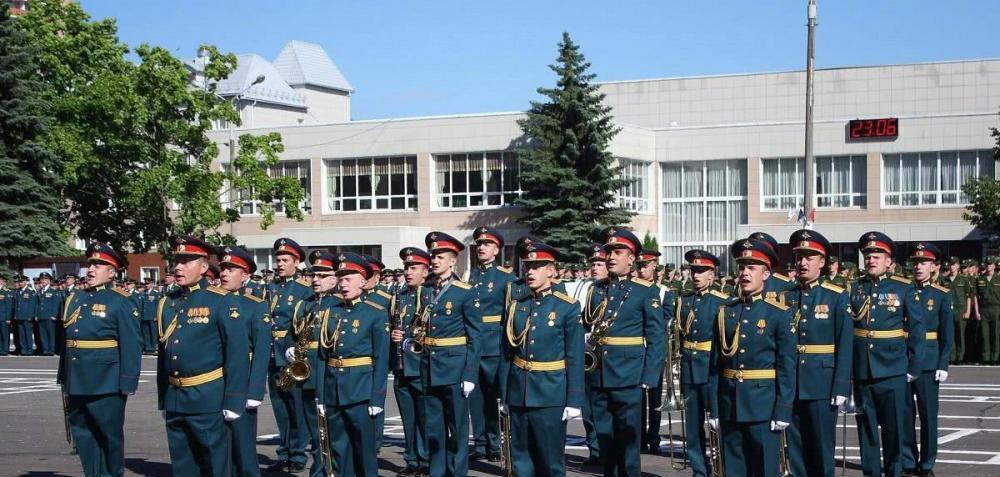The Soviet Union was a very powerful country, and after the end of World War II, it openly confronted the United States and other Western capitalist countries, and a cold war broke out for decades. In the end, the Soviet Union was forced to declare its dissolution because of its own problems, from a superpower to a dozen countries. Among them, the most influential country is Russia. However, after the collapse of the Soviet Union in the last century, the fastest-growing member state was Estonia, which became a developed country in only 20 years. Because of the relatively fast speed of development, it was once called the "Tiger of the Baltic Sea".

In terms of land area, Estonia is only 45,339 square kilometers, because the land is relatively scarce, there is no way to support too many people. Thus, Estonia is a typical small country with few people. From a historical point of view, the Estonian nation was formed around the 12th century, and it is also hundreds of years old. At that time, it was still the era of cold weapons, and the strength of a country was mainly measured by land and population. On both points, Estonia was not dominant, so its survival was particularly difficult, often invaded by powerful powers and became a colony of other countries.
From the 13th century to the 16th century, Estonia was occupied by Prussia and then Denmark. In the 16th century, Estonia was divided between Sweden, Denmark and Poland. Over time, the situation in Estonia has been changing. By the 17th century, Sweden had fully occupied Estonia. However, this did not last long, and Estonia soon fell into the hands of the Russian Empire. From the beginning of the 18th century, Estonia was controlled by Russia for nearly two hundred years. On 24 February 1918, Estonia declared its independence from the outside world, briefly freed itself from Russian control.
Subsequently, Estonia was forcibly occupied by Germany and became a dependency of others. In November 1918, Germany broke out due to internal problems, which was the historical November Revolution. In the face of constant local contradictions, Germany's control over Estonia and other places is getting weaker and weaker. It is often said that there are no eternal friends between countries, only eternal interests. Even treaties signed in black and white can be blatantly torn apart by the constant changes in the situation. This was the case with Soviet Russia, which took the opportunity to tear up the Treaty of Brest and prepare to take back Estonia and other places.
Instead of submitting to Soviet Russia, Estonia organized an army to resist stubbornly, trying to take advantage of this rare opportunity to fight for independence. After a period of confrontation between the two sides, the Soviet Union had no choice but to recognize Estonia's status. Since then, this small country, which has been plagued by many disasters and is often attacked and occupied by people, has been given a relatively stable period of development. In August 1939, the Soviet Union and Germany privately signed a non-aggression pact, which divided small countries such as Estonia without authorization. During this period, Estonia was forcibly divided under the name of the Soviet Union.
On June 16, 1940, the Soviets openly sent troops to occupy Estonia. Soon after, the Soviet Union held a symbolic referendum in Estonia to formally divide the place into its own territory. This unilateral occupation by the Soviet Union caused dissatisfaction in many Western countries, which directly froze Estonia's overseas assets. At the same time, Estonia itself engaged in a series of revolts. At the outbreak of World War II, Estonian Germany engaged in a series of cooperation, hoping to take the opportunity to get rid of the Soviet Union, but it turned out to be self-defeating.
After the war, Estonia was severely sanctioned by the Soviet Union and it took a long time to recover. During the Soviet period, Estonia made full use of its own advantages and rapidly developed its national strength, and its per capita GDP and per capita income level were much higher than the average level of the Soviet Union. On 20 August 1991, Estonia declared its independence and its status was recognized by the United Nations. Since then, Estonia has made every effort to develop its economy. As of 2011, Estonia's GDP was about $23.2 billion. As a result, it has been recognized as a developed country by countries around the world and has also been qualified to become a eurozone.